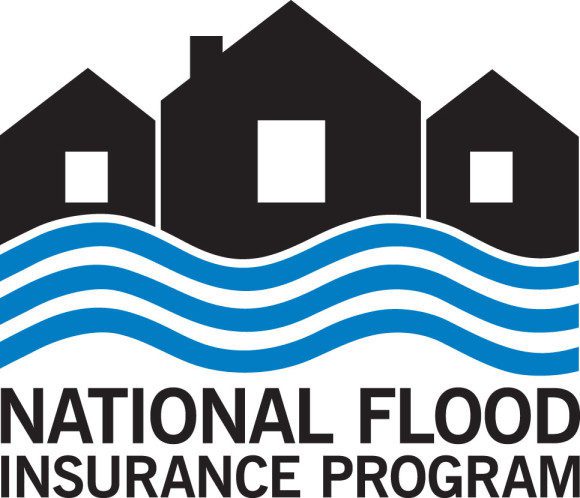NFIP’s reinsurance tower coming into view as Ian flood claims surpass 35,000

The National Flood Insurance Program’s (NFIP) reinsurance tower is coming into view of the rising hurricane Ian claims burden, as NFIP claims filed have now surpassed 35,000, according to the US Federal Emergency Management Agency (FEMA).
It seems likely the NFIP’s flood insurance claims from hurricane Ian will rise significantly higher, in terms of number, but already the 35,000 figure begins to bring the bottom of the private reinsurance market cover into view and it must be considered at high-risk of attaching at this stage.
As we reported a week ago, the NFIP’s flood insurance claims from hurricane Ian had reached more than 25,000.
In that article, we explained that at an average NFIP claims cost from a hurricane, taken from major storms since 2015, it could imply a loss of almost $2 billion already.
The NFIP’s private reinsurance tower attaches at $4 billion of losses to the insurer, so that would begin to payout in advance of any of the Programs catastrophe bonds.
FEMA’s 2022 traditional reinsurance tower covers the NFIP for:
4.163% of losses between $4 billion and $6 billion.
26.565% of losses between $6 billion and $8 billion.
22.453% of losses between $8 billion and $10 billion.
The lowest down, in the reinsurance tower, of the FloodSmart Re cat bonds, attaches at somewhere around $5.3 billion of losses to the NFIP from a named storm event, so still a way to go until that is impacted.
But, in revising our analysis of the NFIP’s flood claims, we’re told it would be better to take an average of the reported claims cost from hurricanes Katrina and Harvey as an approximation for what we’ll see with hurricane Ian, which gives you something around $105,000, higher than the roughly $78,500 average NFIP claims cost from major storms since 2015.
Now, with 35,000 claims filed, or just over, even at the lower average claims cost, the NFIP’s bill from hurricane Ian has reached roughly $2.75 billion of losses.
But, if you take the rough average of hurricanes Katrina and Harvey’s NFIP claims cost, the 35,000 claims filed gets you a much higher loss estimate of almost $3.68 billion, so fast approaching the bottom of the traditional reinsurance layer.
At this stage, it’s impossible to know the true cost of claims from hurricane Ian, but the data is supporting the market’s expectation that reinsurance losses are an almost certainty, given the traditional reinsurance attaches at $4 billion, while cat bond losses are seen as a strong possibility.
The average number of claims filed from the top-10 flood event losses for the NFIP is over 61,000, so it’s safe to assume hurricane Ian’s claims burden has a way to rise.
In our analysis of the catastrophe bonds most at-risk of losses from hurricane Ian, we explained that a number of the NFIP’s FloodSmart Re cat bonds have been marked down quite heavily in the secondary market.
It’s going to take a bit longer until we’ll truly know how at-risk they are, but the data is suggesting the mark-downs are warranted at this stage of the recovery from hurricane Ian.
As we also reported earlier this week, FEMA had already begun its process for renewing the traditional flood reinsurance for the NFIP for 2023.
It’s also worth remembering that risk modeller RMS said it estimates the NFIP’s losses from hurricane Ian could reach $10 billion, at which point we explained that the entire reinsurance and cat bond tower would be exhausted.
Read all of our coverage of hurricane Ian, and our analysis on the potential market losses, here.





